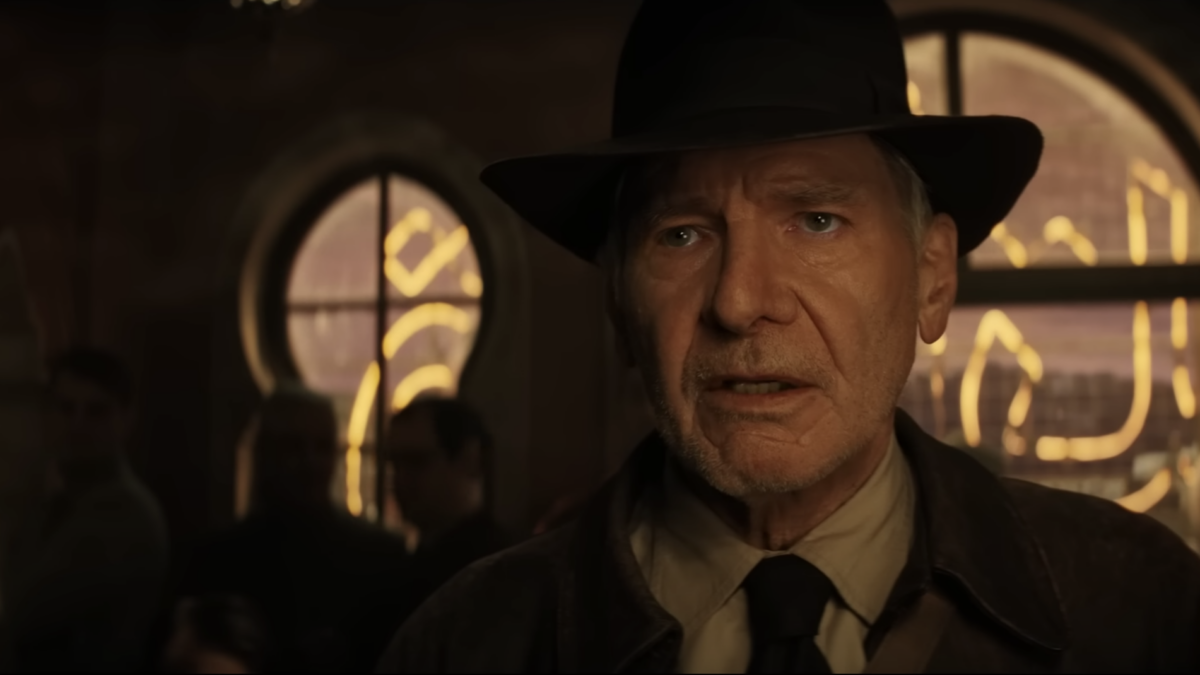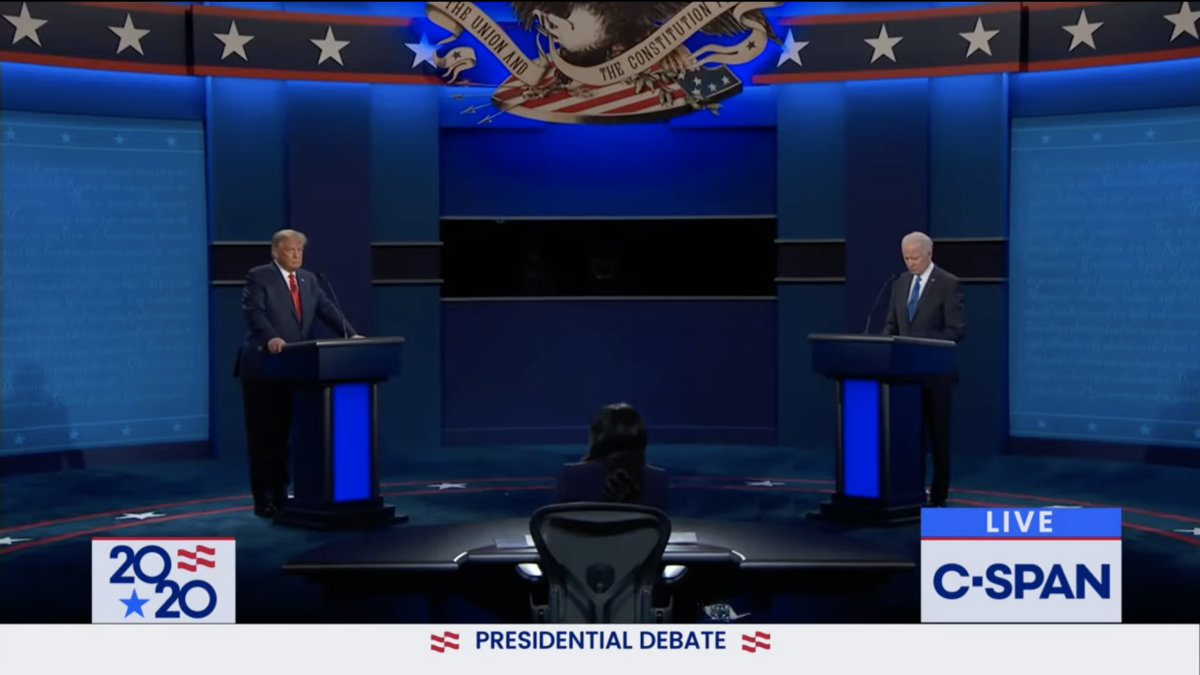“Indiana Jones and the Dial of Destiny,” the latest and allegedly last film in the Indiana Jones franchise, is a wonderful goodbye to not only the character of Indy but an entire era of filmmaking. This film is far from perfect — it takes some really big swings that will not work for everyone — but overall it’s an impressive piece of adventure filmmaking that harks back to the series’ roots and a much more exciting era for intellectual property (IP) filmmaking.
“Raiders of the Lost Ark” and “The Last Crusade” are far and away the best films in this franchise. Inarguably the two best action-adventure films ever made, they stand in a league all their own. What made them instant classics was combining the earnestness of the golden age of Hollywood with the personal passion of Steven Spielberg and George Lucas. These two cinematic titans were obviously trying to recapture some of the big-budget pulp romance of Star Wars, but they wanted to avoid making another special effects (SFX) spectacular and just go do a movie the old down-and-dirty low-tech way. The stunts would be real, the effects would be in camera, and the locations would be exotic. To this day you really feel the weight of every punch and can almost taste the sweat from the desert heat on your lips.
Of the other three Indy films, “Dial of Destiny” gets the closest to that classic Hollywood magic, while ironically being the furthest away, both in time and reliance on computer technology. The obligatory prologue sees Indiana Jones back in Nazi Germany trying to find a religiously themed artifact: the spear of Longinus. This is the spear of legend that pierced the side of Christ and like the Ark in “Raiders” is supposed to lead armies to victory in battle. Of course, the Nazis can’t be allowed to have it so Indy is off looking for it. Harrison Ford is now 80 years old, so for this section of the film they had to de-age him in order to tell a convincing narrative. This is probably why it’s one of the most expensive films ever made. The AI-based de-aging technology is very pricey.
This has been the most controversial element of the movie. In my opinion, it worked quite well, much better than Lucasfilm’s previous attempts to do similar things with the Star Wars franchise. But it also feels like overkill, the lengthy prologue could’ve benefited from some more creativity hiding Ford’s de-aged face. You get the sense they are trying to flex their SFX muscles rather than go for effective filmmaking.
In terms of look and feel these scenes are superficially the most similar to the ’80s films, but in many ways, they feel the most distant because of the reliance on such invasive technology. But the effect is mostly impressive, and outside of a few shots, it feels photo realistic. They haven’t been able to completely circumvent the human mind’s ability to recognize CGI, however, so the effect also has a bit of an eery quality.
The best special effect this movie has to offer is Harrison Ford himself. He is utterly magnificent in this swan song. His age feels like a boon, not a burden. The guy is still dripping with charisma all these years later. He isn’t given anything physical to do on the same level as the classic films, but that’s OK. This time around the action is deemphasized in place of a more thoughtful adventure about the nature of aging. There’s much less comedy, but he’s given some truly wonderful moments to do real acting as Indiana. His performance is tear-inducing more than once.
“Raiders” is about the mystery and dangers of the past, “Last Crusade” is about the nature of the father/son relationship, and “Dial of Destiny” tells a story about what it means to grow old. Toward the beginning of the film, Indy retires from teaching archaeology, and it’s clear he’s struggling to figure out where he fits in the world. The day he retires is Aug. 13, 1969, the same day a huge parade is being thrown for the Apollo 11 astronauts. The juxtaposition of an old man, characterized by the past, is a powerful symbol of the disorienting ennui of generational change.
Audiences have said goodbye to the character of Indiana Jones three times now. The first sendoff was beautiful but felt premature. It seemed like such a missed opportunity that fans never got to see more adventures with Indiana Jones. “Crystal Skull” came so many years later, and it was largely disappointing to fans, making many grateful that we had seen fewer sequels.
“Dial of Destiny” is the definition of an unnecessary sequel in theory, but the final product has proven the disbelievers wrong. This is good IP filmmaking. Instead of expecting inevitable sequels, studios need to learn to wait for the right script, right cast, and right director when they make franchise films. This was the right script, and James Mangold was the right director to take over for Spielberg. He’s done amazing work for decades and earned the right to carry the mantle.
“Dial of Destiny” allows the audience to experience Indy’s existential struggle. That’s quite surprising, especially for a big genre picture like this. But I think we finally have the best goodbye to the globetrotting Nazi fighter anyone could possibly hope for. This is the sequel I don’t think anybody really wanted, but it might be the one we needed.
These are strange days for cinema. In the last few years, Harrison Ford has replayed his most iconic characters from 40 years ago, but this one turned out to be the best and most interesting opportunity for him to remind us why he’s had such an amazing career. There’s a truly wonderful bittersweetness in the film’s end that almost makes me wish we could see one more adventure from the old dog. But I think it really is time for Indy to be put on the shelf, as the cinematic treasure that he is. Like the artifacts he hunted, Indy belongs in a museum, where he can hopefully inspire many future filmmakers to blaze new paths just like Spielberg and Lucas did all those years ago.









